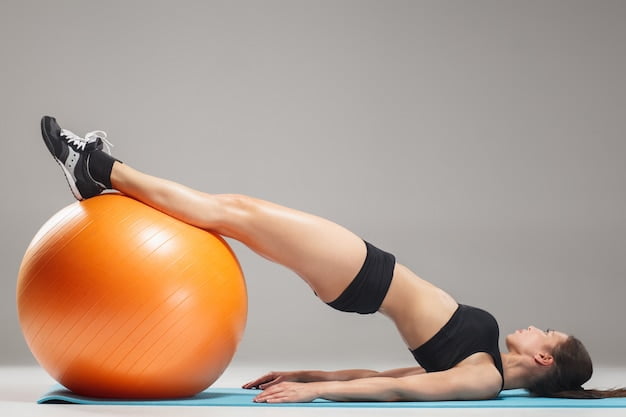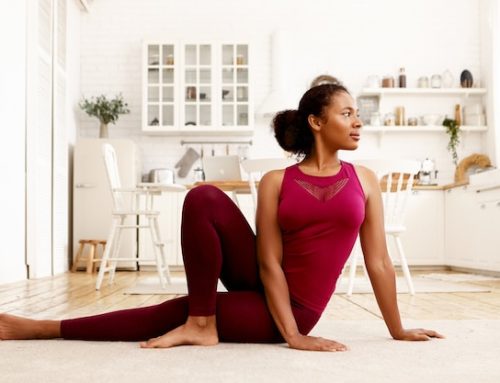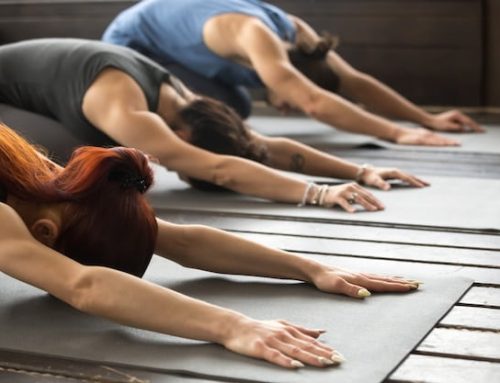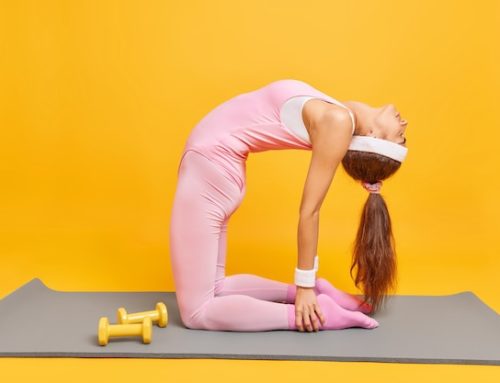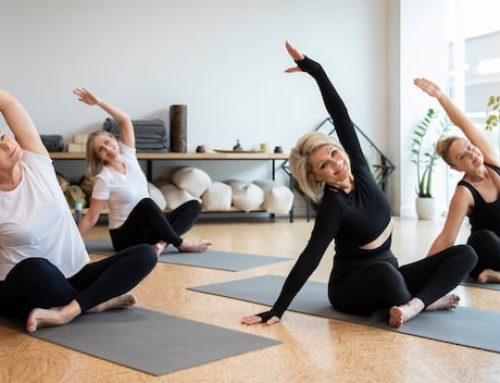The Benefits of Stretching
Stretching is an integral part of any workout regimen, yet many people either don’t stretch at all or overlook its importance. It’s a shame, as stretching can provide numerous benefits to athletes and non-athletes alike. Stretching is a form of physical activity that can lengthen your muscles and increase your flexibility, making it easier for you to perform daily tasks and athletic activities. Moreover, it may help prevent muscle strains, reduce muscle soreness, and improve your posture.
The Muscles You Should Focus On Stretching
Not all stretches are created equal. To maximize the benefits of stretching, it’s essential to focus on certain muscle groups. In general, you should aim to stretch your major muscle groups, including your calves, hamstrings, quadriceps, hip flexors, lower back, and chest. These muscles are often the most overworked and can become tight and stiff. Here are some of the best stretches for each of these muscle groups:
Calves
Your calf muscles are located on the back of your lower leg, and they help you walk, run, and jump. Tight calves can lead to foot and ankle problems, as well as knee pain. To stretch your calves, try the following:
| Stretch | Description |
|---|---|
| Wall stretch | Stand facing a wall, with your hands on the wall at shoulder height. Step back with one foot and keep the other foot forward. Bend your front knee and press your back heel into the floor. Hold for 30 seconds and then switch legs. |
| Runner’s stretch | Stand facing a wall, with your hands on the wall at shoulder height. Step back with one foot and keep the other foot forward. Keep your back leg straight and your heel on the ground. Hold for 30 seconds and then switch legs. |
Hamstrings
Your hamstrings are located on the back of your thigh. They help you bend your knee and extend your hip. Tight hamstrings can lead to lower back pain and knee problems. To stretch your hamstrings, try the following:
| Stretch | Description |
|---|---|
| Seated forward bend | Sit on the floor with your legs straight in front of you. Reach forward and grab your toes. Pull yourself forward and hold for 30 seconds. |
| Standing hamstring stretch | Stand with your feet shoulder-width apart. Step forward with one foot and keep the other foot back. Bend forward from your hips and reach towards the floor. Hold for 30 seconds and then switch legs. |
Quadriceps
Your quadriceps are located on the front of your thigh. They help you extend your knee and stabilize your hip. Tight quads can lead to knee and hip pain. To stretch your quads, try the following:
| Stretch | Description |
|---|---|
| Standing quad stretch | Stand with your feet hip-width apart. Lift one foot off the ground and bring your heel towards your buttocks. Hold onto your ankle and pull your heel towards your buttocks. Hold for 30 seconds and then switch legs. |
| Lying quad stretch | Lie on your side with your knees bent. Grab your top foot and pull it towards your buttocks. Hold for 30 seconds and then switch sides. |
Hip Flexors
Your hip flexors are located on the front of your hip. They help you lift your leg and flex your hip. Tight hip flexors can lead to lower back pain and hip problems. To stretch your hip flexors, try the following:
| Stretch | Description |
|---|---|
| Lunge stretch | Step forward with one foot and bend your knee. Keep your other leg straight behind you. Place your hands on your hips and press your hips forward. Hold for 30 seconds and then switch legs. |
| Figure-four stretch | Lie on your back with your knees bent. Cross one foot over the opposite knee. Use your hands to pull your knee towards your chest. Hold for 30 seconds and then switch sides. |
Lower Back
Your lower back is the area between your ribcage and your pelvis. It helps you bend forward and backward and rotate your trunk. Tightness in your lower back can lead to back pain and posture problems. To stretch your lower back, try the following:
| Stretch | Description |
|---|---|
| Knee-to-chest stretch | Lie on your back with your knees bent. Grab one knee with both hands and pull it towards your chest. Hold for 30 seconds and then switch legs. |
| Child’s pose | Kneel on the ground with your toes together and your knees apart. Lower your buttocks towards your heels and stretch your arms forward. Hold for 30 seconds. |
Chest
Your chest muscles are located on your chest wall. They help you bring your arms forward and pull your shoulders down and back. Tight chest muscles can lead to poor posture and shoulder pain. To stretch your chest, try the following:
| Stretch | Description |
|---|---|
| Doorway stretch | Stand in a doorway with your arms outstretched and your hands on the doorframe. Step forward with one foot and lean forward. Hold for 30 seconds. |
| Chest stretch on foam roller | Lie on your back on a foam roller with your arms outstretched to the sides. Roll your arms up and over your head. Hold for 30 seconds. |
Conclusion
Stretching is an important part of any fitness routine. It can help improve flexibility, prevent injury, and reduce muscle soreness. By focusing on the major muscle groups in your body, including your calves, hamstrings, quadriceps, hip flexors, lower back, and chest, you can make the most of your stretching routine. Remember to stretch regularly, and always listen to your body. If a stretch feels uncomfortable or painful, stop immediately. With practice, you will become more flexible and reap the many benefits of stretching.
